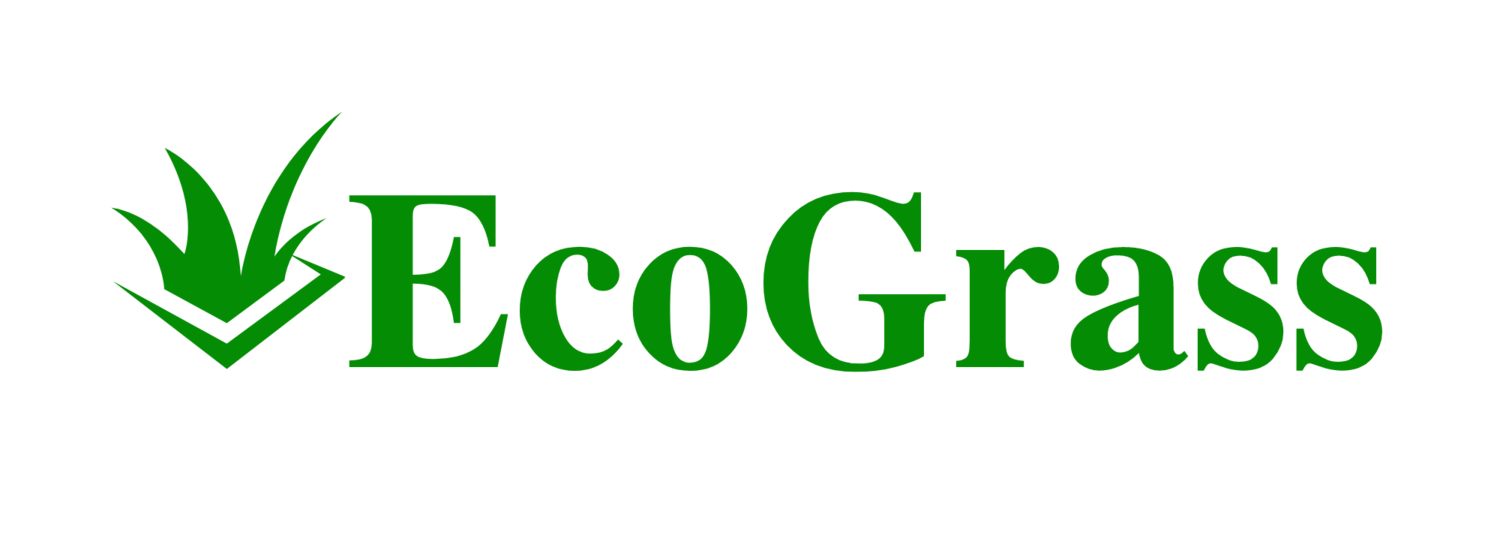Investing in artificial turf can significantly enhance the aesthetic appeal of your lawn, providing a lush, green space year-round. To maintain your artificial turf and ensure it remains pristine, you must follow some simple maintenance tips. These practices are straightforward and don't require frequent attention, making artificial turf a convenient choice for busy homeowners.
Regularly removing debris and brushing your turf helps to keep the fibers upright and looking natural. In addition, addressing any stains or pet waste promptly will maintain its cleanliness and vibrant appearance. Buying high-quality maintenance tools can make these tasks even easier, ensuring a long lifespan for your investment.
Artificial turf is not entirely maintenance-free, but with a few periodic tasks, you can keep it looking its best. By committing to these easy routines, your synthetic lawn will remain a beautiful and practical feature of your home for years to come.
Routine Care and Cleaning Strategies
Maintaining your artificial turf involves regular cleaning, removing debris, and addressing spills promptly. This section provides targeted strategies to help you keep your synthetic grass looking fresh and extending its lifespan.
Regular Maintenance for Durability
Routine maintenance is key to preserving the durability and appearance of your artificial turf. Implementing a weekly or bi-weekly cleaning routine can effectively prevent the buildup of dirt and debris. Use a leaf blower to remove loose particles like leaves and twigs that can accumulate over time.
Brushing or raking the turf helps redistribute the blades, ensuring they remain upright and wear evenly. This also mimics the look of natural grass. A broom with stiff bristles can be useful for this purpose. Regular traffic, especially in high-use areas, can cause the fibers to flatten, making routine maintenance essential.
Dealing with Spills and Stains
Address spills and stains on your synthetic grass promptly to avoid long-term damage. Use a pet-safe artificial turf cleaner to disinfect the area and eliminate odors. For minor spills, blot the liquid with a towel and wash the area with a mixture of water and mild detergent.
For more stubborn stains, a turf cleaner spray can be applied directly on the affected area or onto a sponge for thorough cleaning. Avoid harsh chemicals, as they can damage the turf. Rinsing the area with a hose after cleaning helps remove any remaining residues, ensuring your artificial grass stays clean and fresh.
Effective Methods for Debris and Leaf Removal
Debris accumulation on artificial turf can affect its appearance and functionality. Regular removal of leaves and other debris is crucial. A leaf blower is an efficient tool for this task, allowing you to quickly clear large areas without damaging the turf.
For smaller areas or more persistent debris, a brush or rake can be used. Ensure that the tools you use have soft or plastic tines to avoid tearing the fibers. Weekly cleaning helps maintain a pristine surface and prevents the buildup of organic matter, which can attract pests and promote weed growth.
By following these targeted strategies for maintenance and cleaning, you can ensure your artificial turf remains in optimal condition, providing a durable and visually appealing environment.
Optimizing Turf Longevity and Appearance
To ensure your artificial turf stays in optimal condition, focus on protecting it from environmental factors, managing the space with children and pets in mind, and addressing any specific issues that arise promptly.
Preserving Turf against Weather and Wear
Extreme weather and daily use can wear down your artificial turf over time. Regular brushing can help keep the fibers upright, preventing matting. This is crucial for high-traffic areas that may experience more wear.
Consider periodic rinsing with a garden hose to help wash away dust and debris. Stubborn stains like grease can be tackled with a mix of vinegar and mineral spirits. Mold and mildew growth can be minimized by ensuring proper drainage to prevent water stagnation. Avoid using harsh chemicals as they can damage the fibers and diminish the turf's longevity.
Pet and Kid-Friendly Turf Management
Pets and kids are often the primary users of your artificial turf. For pet owners, it’s essential to promptly clean pet waste to avoid damage and odors. Rinse urine spots with water to prevent build-up, and remove solid waste as soon as possible. Specialized pet-friendly turf deodorizers can be used to maintain freshness.
Children often mean extensive running around. Make sure the turf is thoroughly inspected for any potential damage and repaired as necessary. Ensure your turf is made of non-toxic materials for safety. Regular grooming helps maintain its beauty and durability, ensuring it continues to support busy activities.
Tackling Tougher Turf Challenges
Some conditions require more specific interventions. During winter, promptly remove ice to prevent frozen patches. Rain can help clean the turf naturally, but be mindful of standing water which can harm it. Use proper tools to support weed control and quickly replace or patch damaged sections to prevent further deterioration.
For households that host frequent gatherings or events, be vigilant about seasonal maintenance. Address any damages immediately to avoid long-term issues. With appropriate care, you can enjoy the convenience and lasting investment of a beautiful, well-maintained artificial turf year-round.

